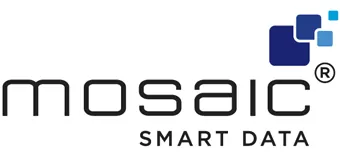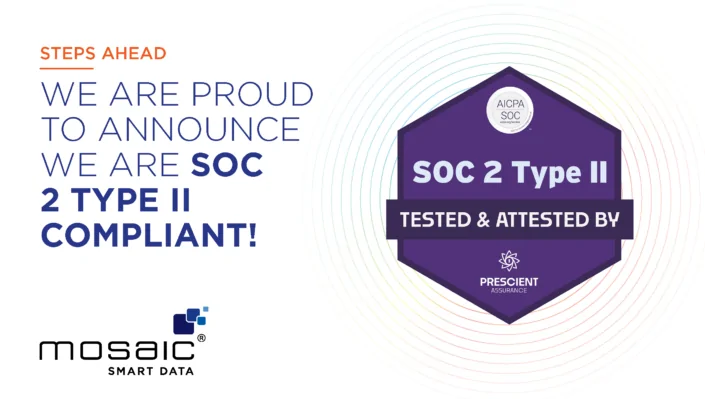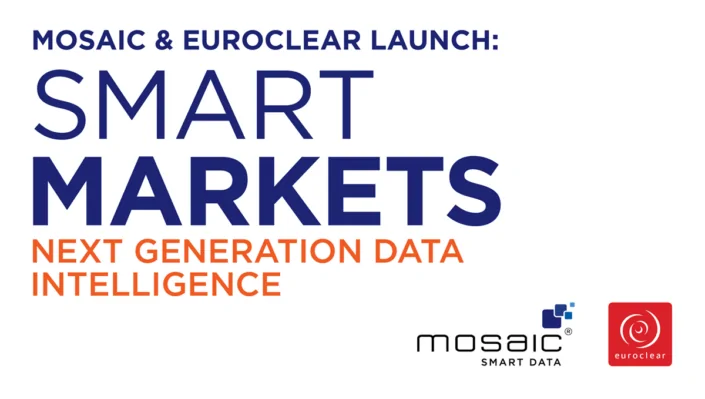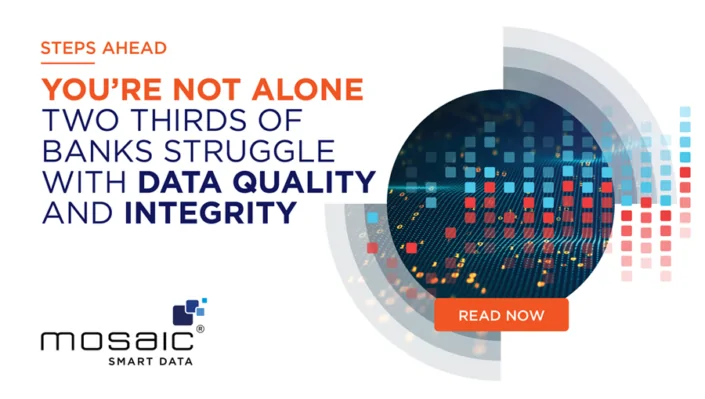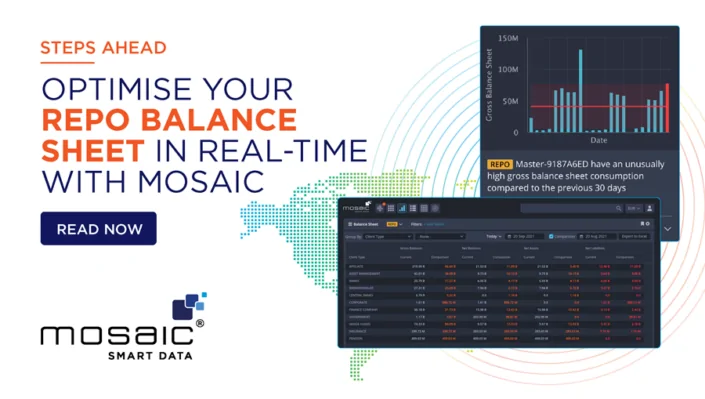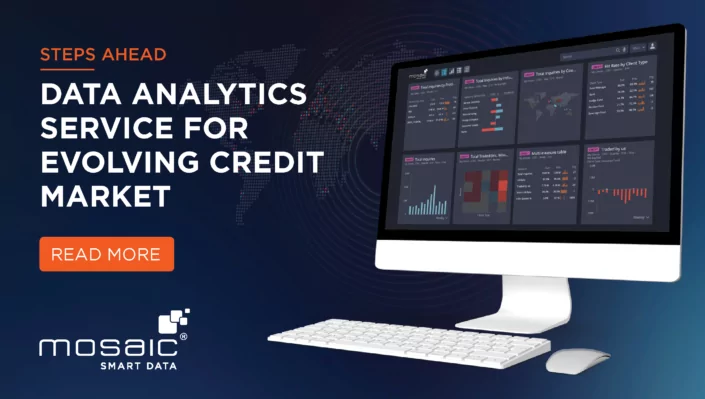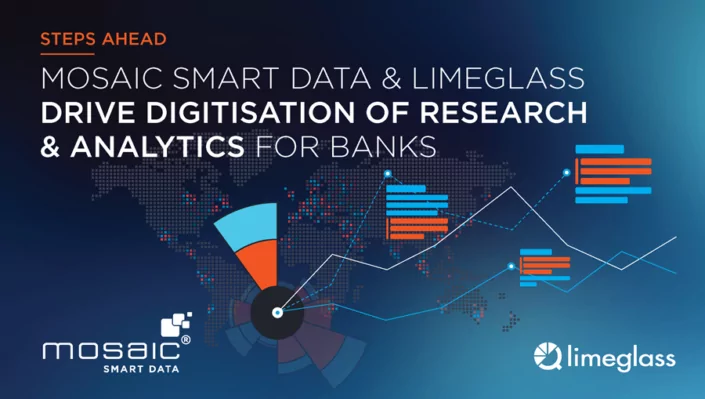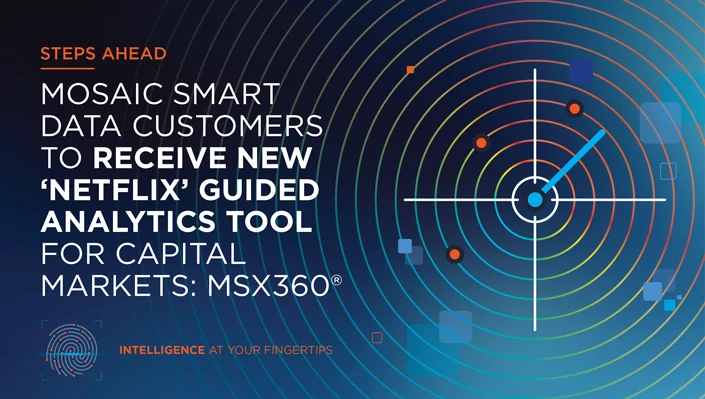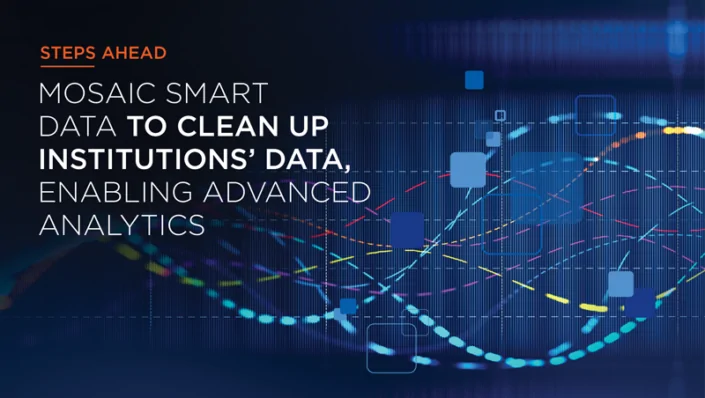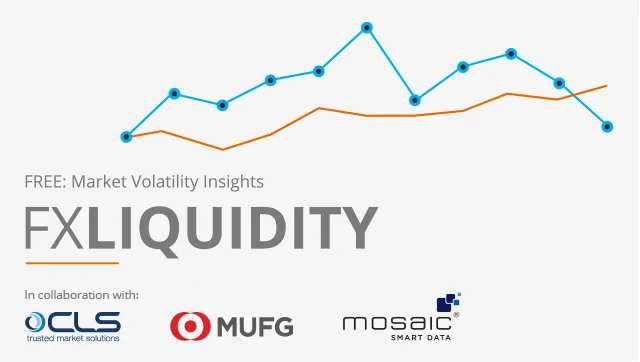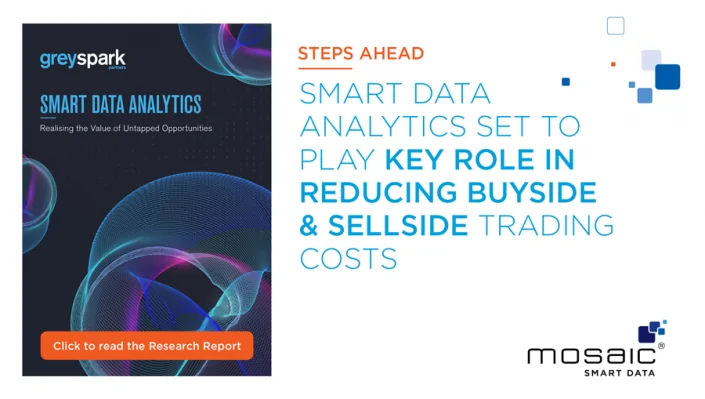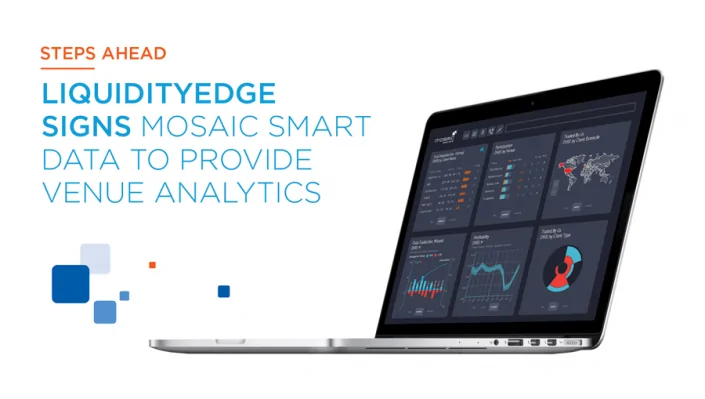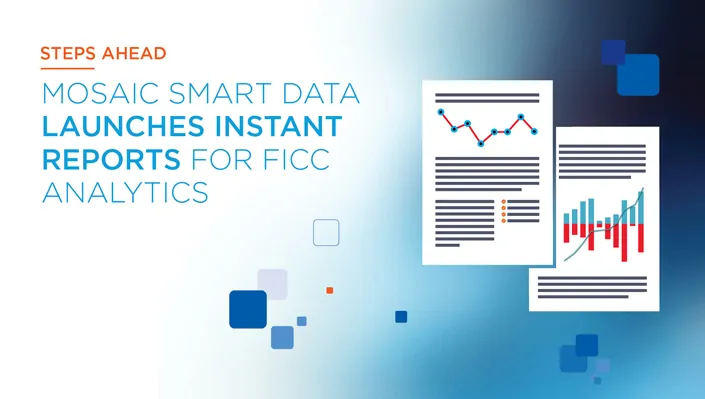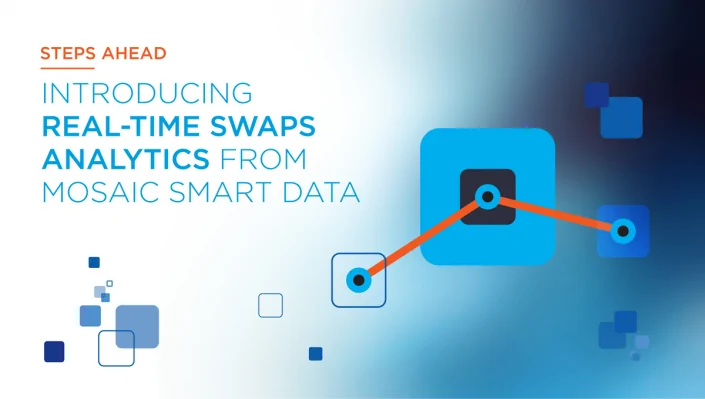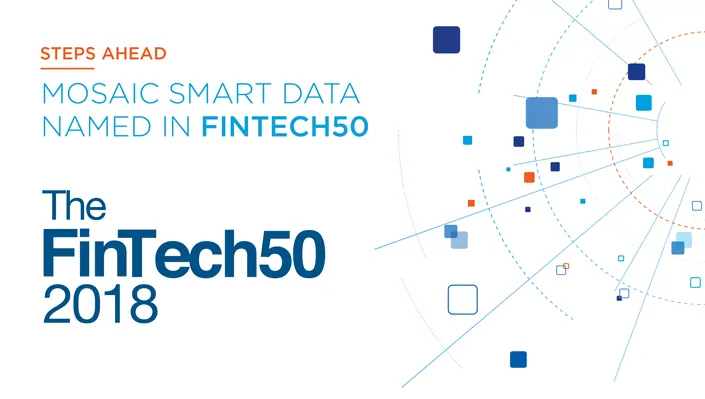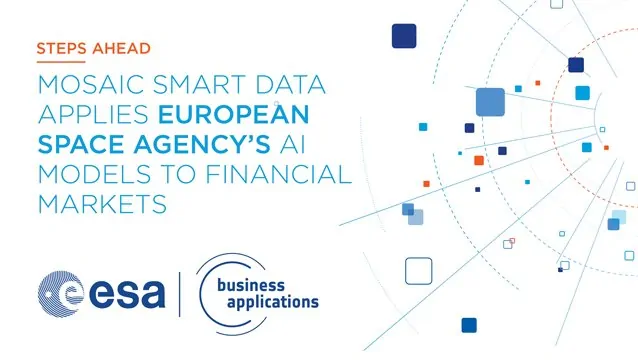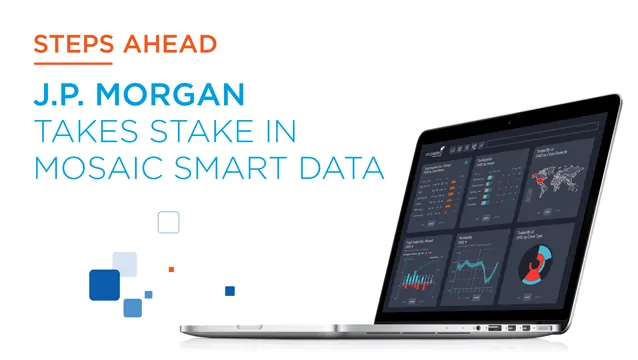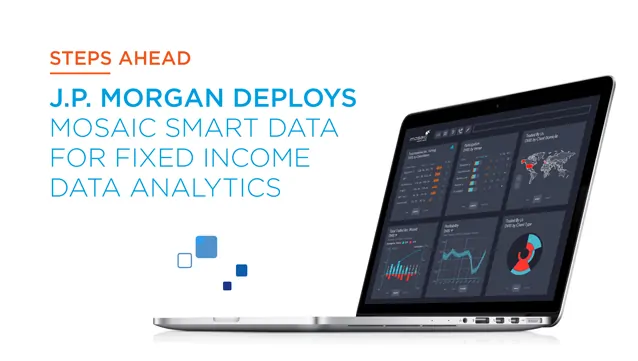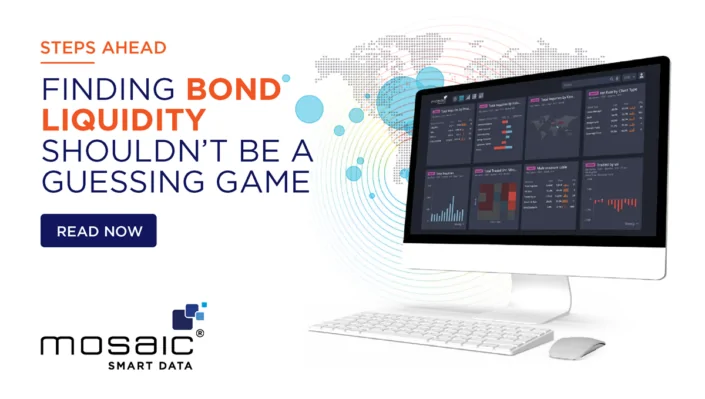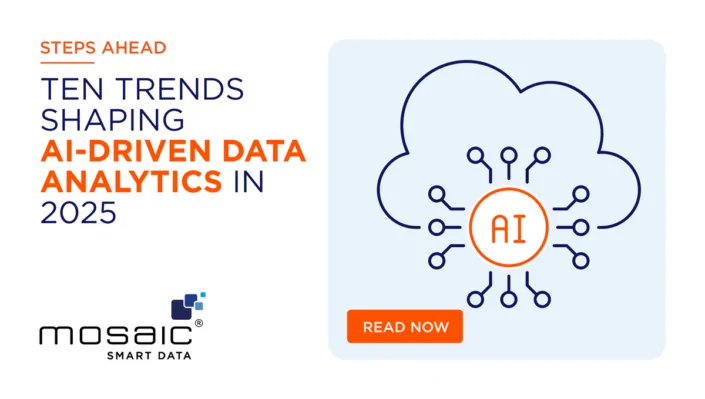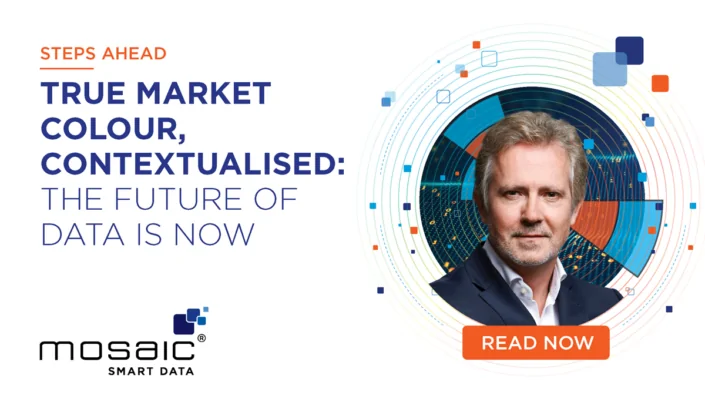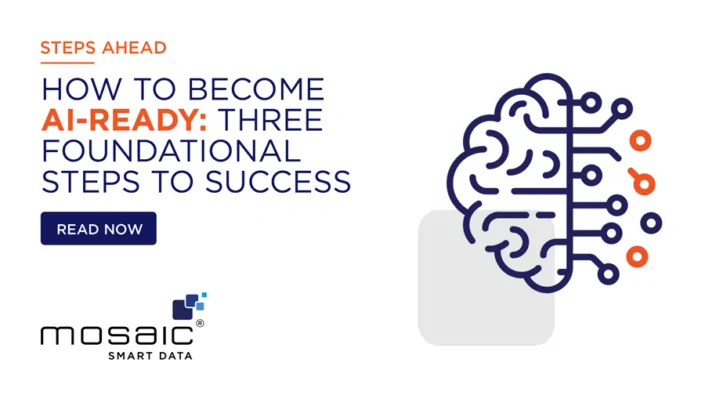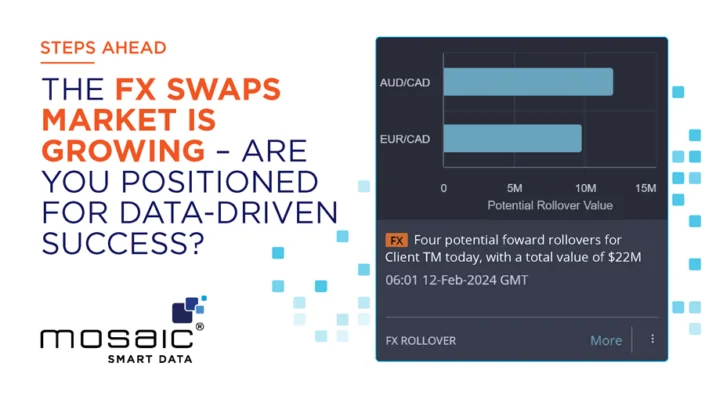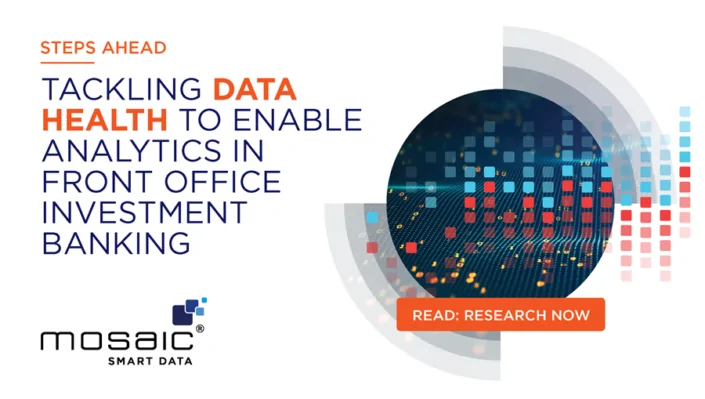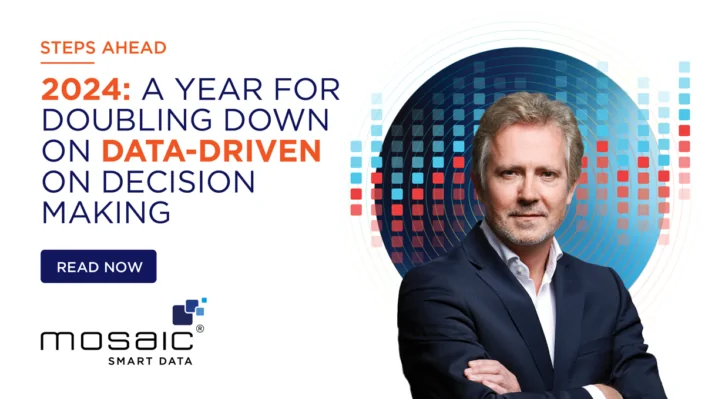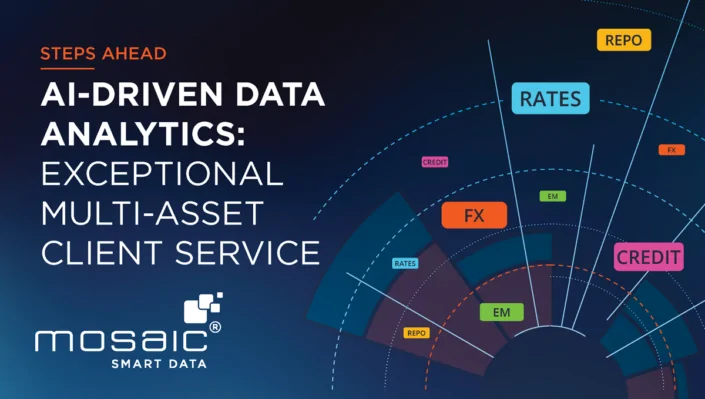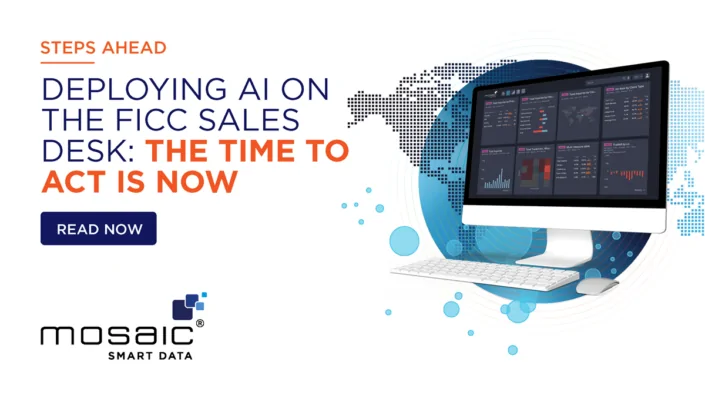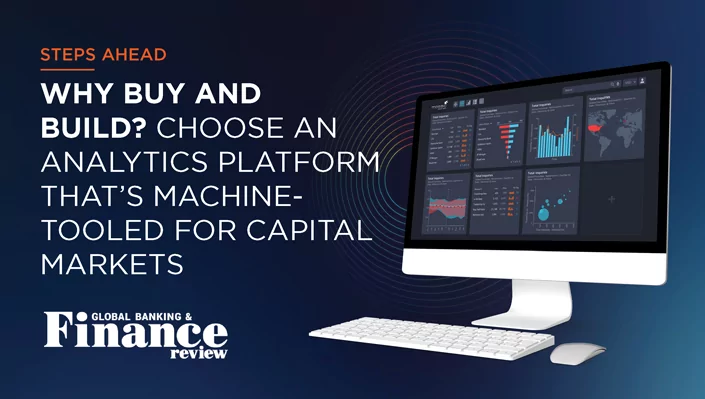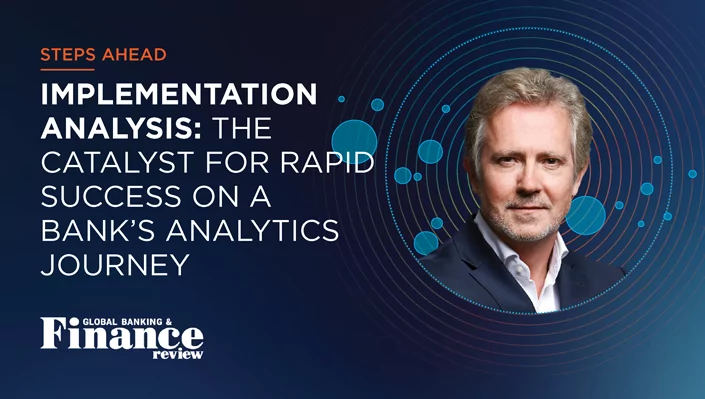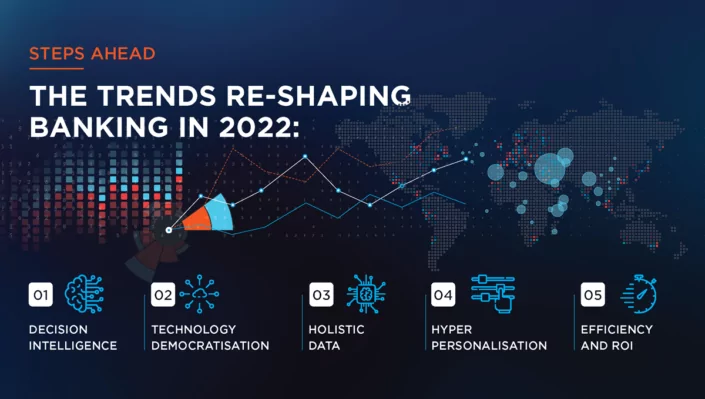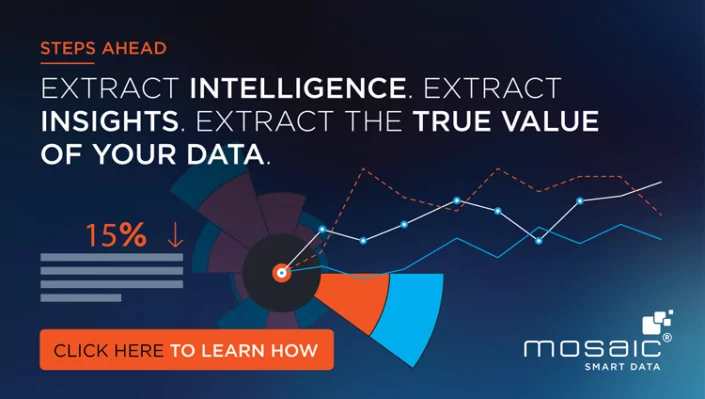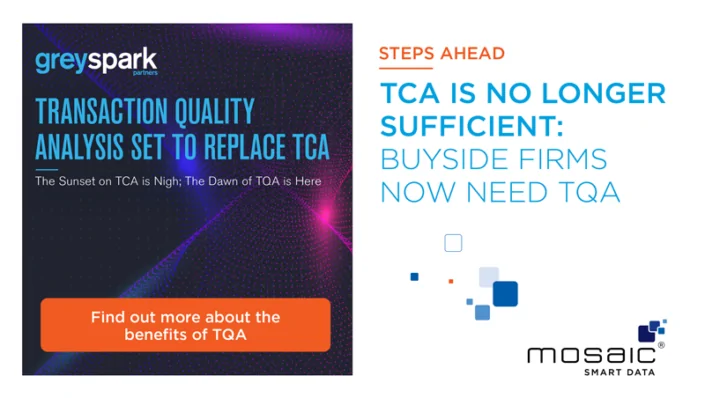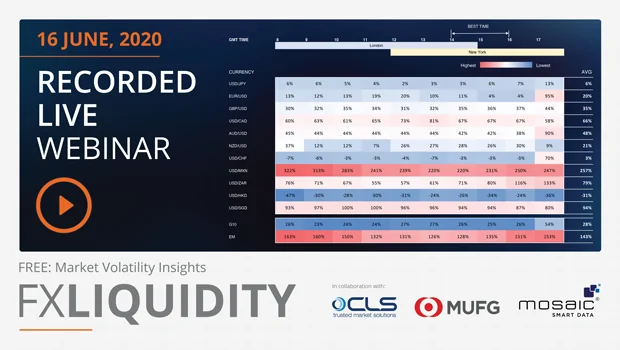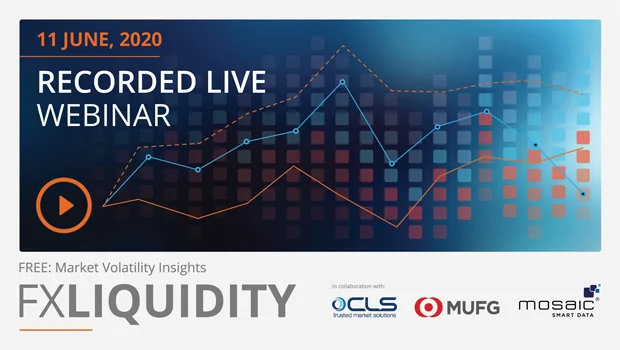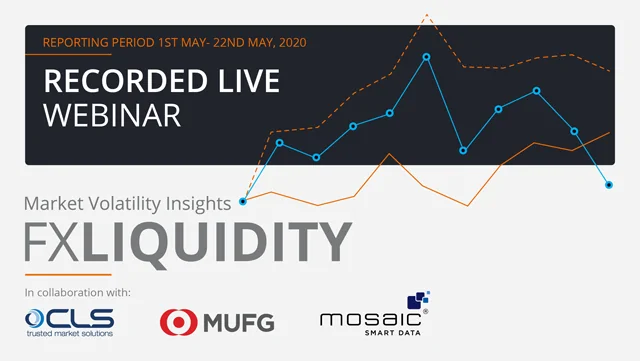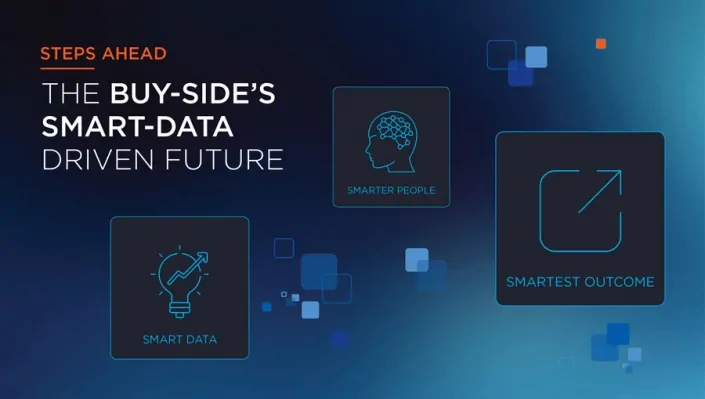Steps Ahead
Real-time FX data analytics: Exploring the productivity and competitive advantages
By Matthew Hodgson, CEO and founder of Mosaic Smart Data
This article first appeared in E-Forex, click here to see the original
For sell-side firms, differentiation in the foreign exchange (FX) market is an increasing challenge. With so many market makers in the spot market, competition is fierce and firms without a clear differentiator are finding it increasingly difficult to retain and win market share.
The most successful players in this market have realised that, if they want to maintain margins and profitability, their focus has to be client-centric. Sell-side firms need to be able to deliver more than just execution, they need to provide a proactive, tailored service to clients, backed up by real expertise, market insight and empirical facts.
The new generation of data analytics models are the route to delivering an exceptional, client-driven service in today’s market. The biggest and most forward-looking firms, both on the sell-side and the buy-side, have understood this clearly and are already engaged in transforming their institutions to deliver better client servicing through model-driven business practices.
This is the future, not just of the foreign exchange market, but the financial markets more broadly and it is a transformation which will come rapidly.
Data models – The next generation of analytics
Firstly, it is important to clarify exactly what we mean by a model-driven business. While the term may be unfamiliar, it is a concept every reader will likely come into contact with on a daily basis. A model-driven business creates a virtuous cycle of data powering advanced analytics, leading to the collection of more data which increases the value of the analytics, leading to the collection of more data and so on.
Take Google, for example. If I search for restaurants near me, Google can see which of the results it surfaces I choose to click on. Then, when other people make the same search, it can use that data to provide them with a more relevant set of results, helping them get the information they want faster. Because it is so efficient, more people use its search, giving it more data to further improve its search and generate yet more relevant results.
This model is directly applicable to FX analytics. Banks which can use their transaction data effectively to generate analytical insights will be able to better service their clients causing them to win more business. This, in turn, means a larger share of the flow, and more data, moving through their business. The more data their analytics models have to work from, the more valuable the insights they can deliver. It creates a virtuous cycle of data and improved client service driven by analytics.
As a business model, this approach to analytics has been shown to be extremely effective in the world of consumer technology. As financial institutions recast themselves as technology and data-driven companies, the approach is sure to make an impact in the financial markets.
This approach has a key implication: it creates a strong early mover advantage. The firms which make moves into data analytics early will have a significant head start on those which come later.
With previous technological changes, a company can catch up quickly by buying in the latest technology and learning from the experiences of its more forward-looking rivals. With a model-driven approach, it isn’t just about who has the most sophisticated analytics. The company with the combination of advanced analytics and the widest pool of data to draw on has the advantage. Early movers quickly build up a data, as well as a technical, advantage. This creates a network effect which makes catching up more difficult.
If a new team of researchers launched a search engine with better algorithms than Google’s tomorrow, they would still struggle to deliver a better search experience because Google has around 3.5 billion searches every day, constantly improving its service. It is the same in any model-driven market.
Model-driven client servicing
This leads to an important next question: how does data analytics drive improved client servicing?
Data analytics can improve FX sales teams at each stage of the workflow. It can help them to direct their time and attention towards the right clients, those that are likely to transact more business with the bank, making the teams more productive. It can help them to identify and understand the needs of that client, allowing them to service clients more proactively. And, finally, it can help provide useful market insights for the sales teams to provide to the client, generating more value for the client from the transaction
Productivity gains
Every experienced sales team member has an understanding of who their best clients are and which clients need some extra attention. It is part of their job to build and maintain these relationships. However, this viewpoint is, ultimately, subjective. The sales team member will likely have important insights into the nuances and subtleties of the client relationship, subtleties which would not be reproducible by a purely quantitative analysis. That said, supplementing their analysis with relevant, real-time analysis across the entire client base, both at the aggregate and granular level, can be extremely useful.
In some cases, this quantitative analysis may simply confirm with precise numbers the sales team’s intuitive sense of their position with clients. In other cases, however, it might lead to fresh insights or new perspectives. For example, quantitative analytics could help to indicate that a client is gradually decreasing the portion of its trades that it transacts with the bank. Analytics might also help to show that a recent run of the bank not securing a client’s business is merely an anomaly in an otherwise healthy relationship, or, a sign that something meaningful has changed in that client relationship which requires further investigation by the team.
By providing these insights, analytics can help guide the sales team to focus their efforts more directly on the clients with the most potential for increasing business with the bank. This could be a significant boost to sales productivity, leading to greater market share and increased profitability.
Proactive engagement
With the latest advancements in data analytics and machine learning, it is now possible to produce causative and predictive analytics as well as descriptive analytics. In other words, machine learning allows analytics to go beyond what is happening and address why it is happening or what mighthappen next.
For banks looking to become more client-centric, this is a powerful tool. It allows sales teams to shift their relationship with the client from a reactive to a proactive relationship.
Analytics can help to identify the kinds of services a client frequently requires in similar situations and flag this to the sales team. This could allow the sales team to pre-empt the client’s need for a hedging on a recent trade, for example, pick up the phone to offer the banks’ services proactively.
By showing a deep and proactive understanding of the clients’ needs, banks can provide next-level client care and maximise the profitability of valuable client relationships.
Providing insights
Another key advantage of data analytics which the sales teams can leverage to their clients’ advantage is in generating unique market insights and colour. Even in a market as liquid as the foreign exchange market, large banks are transacting a meaningful volume of trades and seeing a large portion of the market.
By aggregating transaction data from across their operations, the bank is able to create a unique perspective on market activity which could be extremely valuable to the client.
By using carefully calibrated security protocols and permissions to ensure that no information is passed into the wrong hands, it is possible for banks to provide sales teams with an aggregated, real-time viewpoint of the bank’s whole FX business. The sales team members can then use these analytics to give clients market colour on their trades, adding significant value to the transaction.
This insight and colour can be a highly effective tool in the kit of the sales team when it comes to winning business and help their clients to trade FX more effectively at the same time.
Delivering a model drive approach: The single viewpoint
An analytics model-driven approach to FX sales promises significant productivity gains, leading to important competitive advantages and the potential for increased market share and profitability. Those banks that implement this approach will be well positioned to thrive as the market shifts over the next few years, especially as machine learning models, APIs and cloud capabilities continue to improve exponentially.
That said, there are important points to be made around the implementation of such data analytics.
Analytics is nothing new in financial markets. Many big promises have been made and, all too often, delivery has lagged behind.
The bedrock of any effective analytics platform is aggregated, normalised and enriched data. It is an essential first step to delivering effective analytics and it must not be overlooked.
While there are a number of venue-specific analytics products available, the real power of this model-driven approach is only fully realised when the bank can access a single, real-time view across its FX activity. With FX liquidity fragmented across so many different channels, a significant part of the bank’s advantage comes from the ability to aggregate the flow that it is transacting across all channels including electronic, single dealer and voice.
This requires the building of careful and highly sophisticated data infrastructure to bring data from across platforms into one, normalised viewpoint so as to allow different messaging languages to be analysed in the same way. However, great data analytics is built on solid preparation.
Without a complete and standardised data set, it is impossible to gain an accurate historical or real-time view or apply predictive analytics effectively. Correctly capturing and storing both the bank’s own data and the data which will help fill the gaps in its knowledge is essential to unlocking the full potential of this invaluable information. It is time and resource intensive, but once completed effectively, the investment will yield handsomely.
